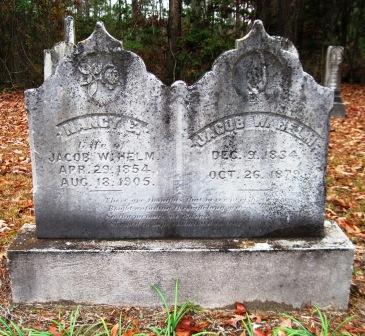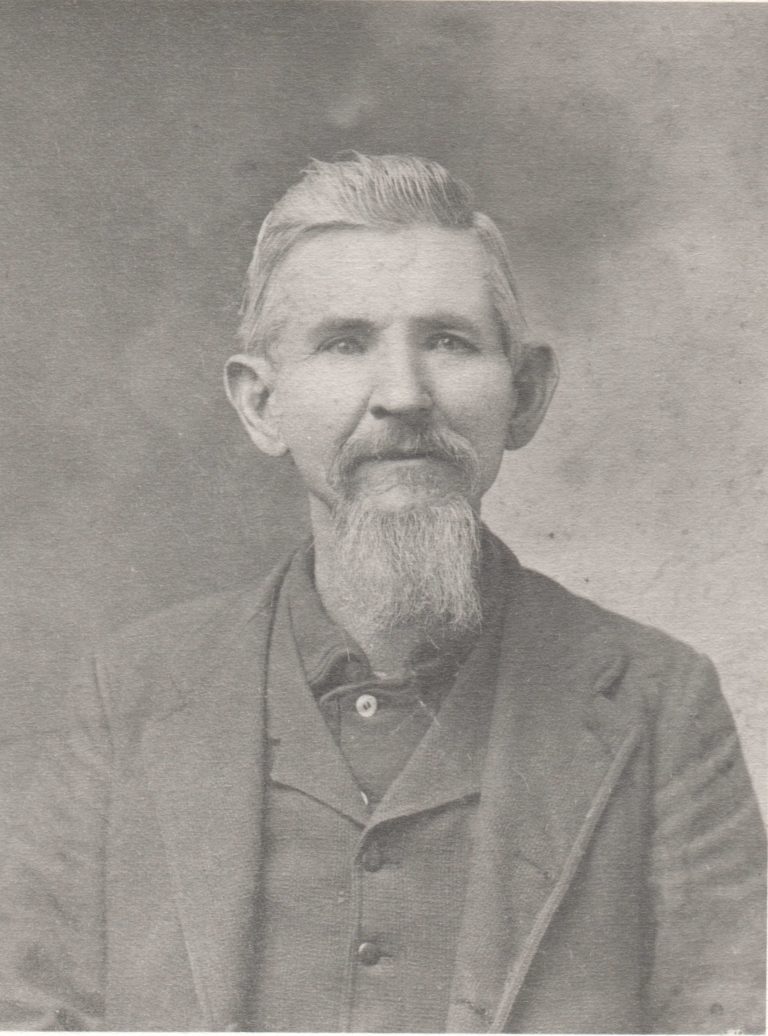
Jacob W. Helm
Born Pennsylvania 1834. Died Arkansas 1879
Jacob W. Helm—And the California Gold Rush “Gold Fever”
Jacob W. Helm married Alice Flowers in 1850 and soon after followed the thousands of migrants to California for what they thought would bring them riches. They traveled from Missouri to California, over 2,000 miles to strike it rich. With only 8% of the population being female, Sarah Helm was in the minority. There were people from every walk of life. They mined together with George Simon Helm, Jacob’s older brother for nearly 4 years. Each of them having a baby girl while they were there. The number of people steadily increasing to find their wealth in the muddy clay rivers. In 1848 there were 4,000 people in the area. In 1849 the numbers grew to 80,000 and by the time that Jacob got there and left there were well over 250,000 people trying to strike it rich. It’s estimated that over $2 billion in gold was extracted and Jacob found the shiny gold nuggets in the murky streams and carried away a bunch of his own. In the 1860 Census he is listed as having a personal estate valued at $2500.
The work was hard, the prices of goods and services extremely high, and living conditions were primitive at best. I’m sure after four long years of mining, it took it’s toll on their lives and they moved back to Carroll County Missouri in 1854. After Jacob and Alice moved back, he took up the work of a Sawyer and lived around his older brothers William Helm, and Simon Helm..who became a Hatter.(1860 Census)
But that is not the end of Jacob’s exciting life. Shortly after enjoying his fortune the Nation was torn by war once more. Young men who were fit and able were asked to join the cause and Jacob enlisted in the Missouri Calvary for the Confederate Army.
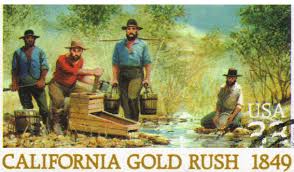
What Life Was Like Mining For Gold
“Those who followed their dreams to the bottom of a stream in the Sierras found themselves confronted with hard work, harsh weather, and a rapidly diminishing supply of gold. The efforts, tools and equipment required to get at the gold which remained quickly became more elaborate.
These mining scenes reflect the diversity of the people who sought their fortunes in the gold fields of California. They also depict the variety of tools and techniques used in the first months and years of prospecting. There is a Chinese mining camp, an arrastra being worked by a Sonoran, a Miwok woman washing gold with a basket, a pair of miners working a coyote hole, and miners working a long tom, who have been visited by a woman selling pies. As California flooded with people from around the world, the easy surface gold was quickly skimmed.
Suddenly the streams were crowded, and competition became stiff. Tensions, conflicts and discrimination/racism intensified, along with a few nuggets of gold.
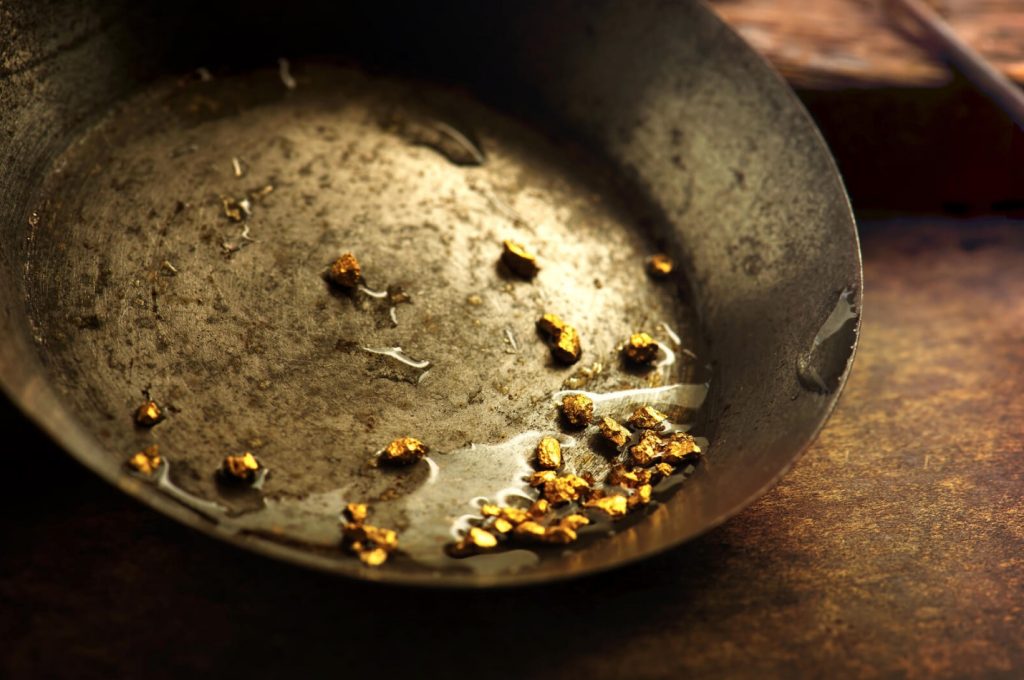
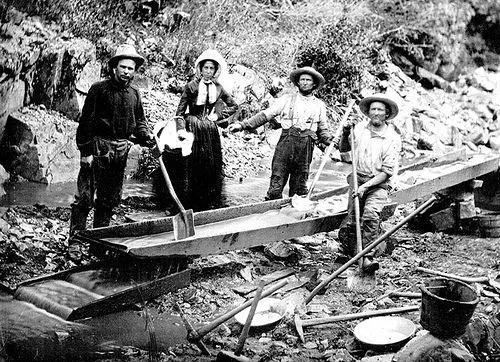
Those who followed their dreams to the bottom of a stream in the Sierras found themselves confronted with hard work, harsh weather, and a rapidly diminishing supply of gold. The efforts, tools and equipment required to get at the gold which remained quickly became more elaborate.
These mining scenes reflect the diversity of the people who sought their fortunes in the gold fields of California. They also depict the variety of tools and techniques used in the first months and years of prospecting. There is a Chinese mining camp, an arrastra being worked by a Sonoran, a Miwok woman washing gold with a basket, a pair of miners working a coyote hole, and miners working a long tom, who have been visited by a woman selling pies. As California flooded with people from around the world, the easy surface gold was quickly skimmed.
Suddenly the streams were crowded, and competition became stiff. Tensions, conflicts and discrimination/racism intensified, along with a few nuggets of gold.
On to the Gold Fields
“We hired an ox team to carry our baggage & started for this place then called Hangtown, from the fact that three persons had been hung here for stealing & attempting to murder. Ten miles from the river we passed Sutters fort, an old looking heap of buildings surrounded by an high wall of unburnt brick, & situated in the midst of a pleasant fertile plain, covered with grass and a few scattering oaks, with numerous tame cattle & mules. We walked by the wagon & at night cooked our suppers, rolled our blankets around us & lay down to rest on the ground, with nothing but the broad canopy of the heavens over us & slept soundly without fear or molestation. After leaving the plains we passed over some hills that looked dry & barren being burnt up by the sun & the long droughts that we have here. We reached this place at night on the fourth day, & in the morning found ourselves in the midst of the diggings, being surrounded by holes dug.
We pitched our tents, shouldered our picks & shovels & with pan in hand sallied forth to try our fortunes at gold digging. We did not have very good success being green at mining, but by practice & observation we soon improved some, & found a little of the shining metal. “
Getting the Gold
“It is found along the banks of the streams & in the beds of the same, & in almost every little ravine putting into the streams. And often from 10 to 50 ft. from the beds up the bank. We sometimes have to dig several feet deep before we find any, in other places all the dirt & clay will pay to wash, but generally the clay pays best. If there is no clay, then it is found down on the rock. All the lumps are found on the rock–& most of the fine gold. We tell when it will pay by trying the dirt with a pan. This is called prospecting here. If it will pay from six to 12 1/2 pr pan full, then we go to work. Some wash with cradles some with what is called a tom & various other fixings. But I like the tom best of any thing that I have seen.
It is a box or trough about 8 or 9 feet long, some 18 in. wide & from 5 to 6 in. high, with an iron sieve in one end punched with 1/2 in. holes. Underneath this is placed a ripple or box with two ripples across it. The tom is then placed in an oblique position, the water is brought on by means of a hose. The dirt, stone, clay & all is then thrown in & stirred with a shovel until the water runs clear, the gold & finer gravel goes through the sieve & falls in the under box & lodges above the ripples. Three men can wash all day without taking this out as the water washes the loose gravel over and all the gold settles to the bottom. One man will wash as fast as two can pick & shovel it in, or as fast as three rockers or cradles.”
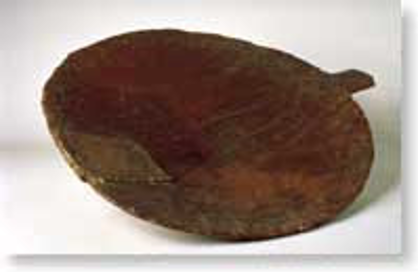

Life in Camp: “There is a good deal of sin and wickedness going on here”
Shufelt lived in a cabin with six other miners. The cabin had windows, a fireplace and an oven. The miners’ diet was poor with the result that many suffered from disease, particularly scurvy. Shufelt himself fell seriously ill, became deranged and was not expected to live but recovered in a week’s time. He describes life in camp:
“Many, very many, that come here meet with bad success & thousands will leave their bones here. Others will lose their health, contract diseases that they will carry to their graves with them. Some will have to beg their way home, & probably one half that come here will never make enough to carry them back. But this does not alter the fact about the gold being plenty here, but shows what a poor frail being man is, how liable to disappointments, disease & death.
There is a good deal of sin & wickedness going on here, Stealing, lying, Swearing, Drinking, Gambling & murdering. There is a great deal of gambling carried on here. Almost every public House is a place for Gambling, & this appears to be the greatest evil that prevails here. Men make & lose thousands in a night, & frequently small boys will go up & bet $5 or 10 (Equivalent to $115-$225 today) — & if they lose all, go the next day & dig more. We are trying to get laws here to regulate things but it will be very difficult to get them executed.”
References:
Mr. Shufelt’s letter is part of the collection of the Library of Congress A letter from a gold miner, Placerville, California, March, 1850; Holliday, J.S. Rush for Riches: Gold Fever and the Making of California (1999).”
Nancy E. Goza- 2nd Wife to Jacob W Helm
Nancy’s father served in the Civil War as a Soldier for Alabama
Jacob and Nancy had 5 children together. Her brother Peter came to help out around the farm when Jacob died until the boys got old enough to take care of her and the land.
